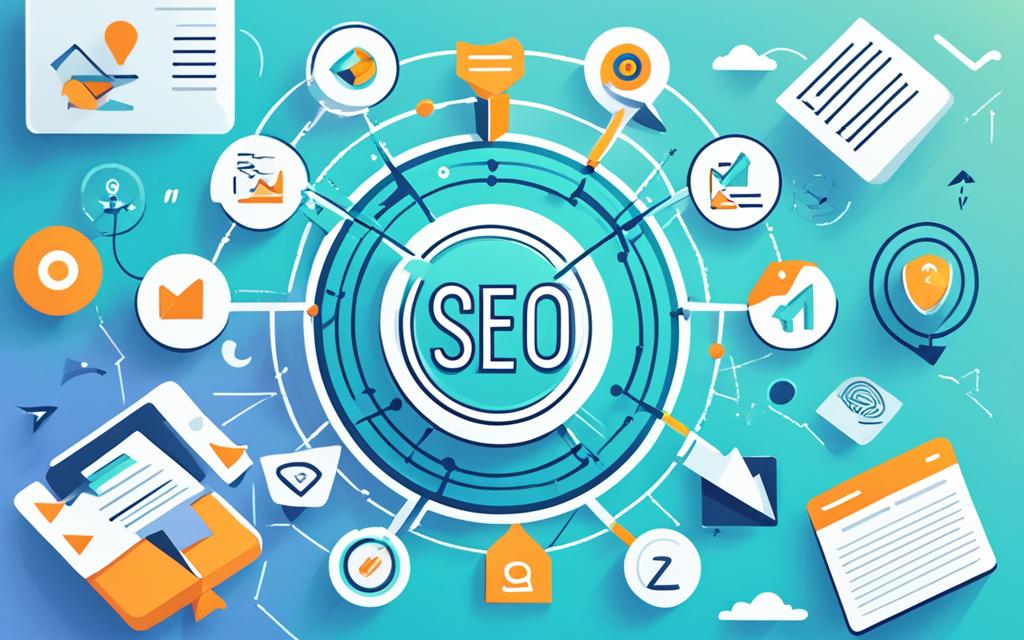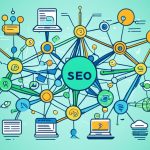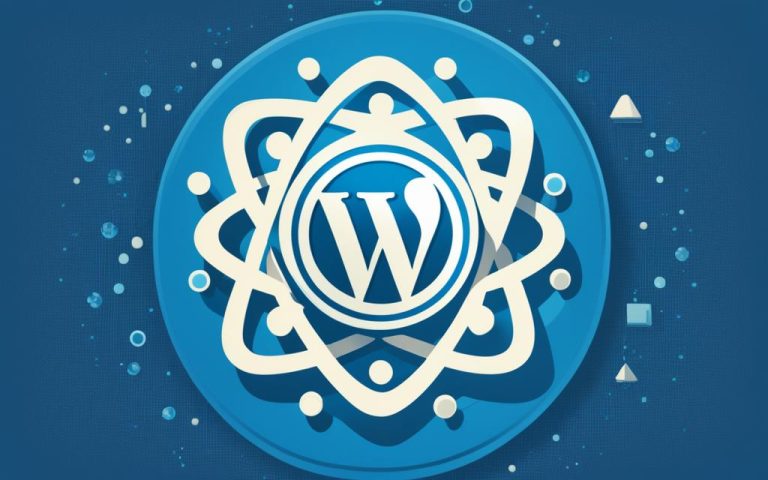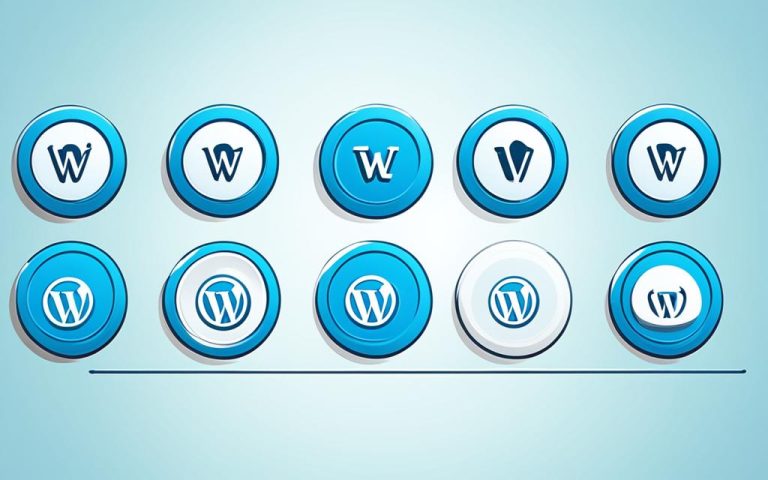On-Page SEO: Your Complete Strategy Guide
On-page SEO plays a crucial role in optimizing your website for search engines and driving organic traffic. It involves optimizing various elements on web pages to improve search engine rankings and enhance visibility to your target audience.
This comprehensive guide will provide you with the necessary strategies and best practices to master on-page SEO and achieve success in your digital marketing efforts. From optimizing content and meta-tags to leveraging title tags and good copywriting, you’ll learn how to create a strong foundation for your website’s visibility and authority.
With constantly evolving algorithms and changing search patterns, it’s crucial to stay updated on the latest on-page SEO trends and techniques. By regularly reviewing and auditing your content, you can ensure that it remains relevant and up to date, helping you stay ahead of the competition.
Join us on this journey as we delve into the key aspects of on-page SEO and equip you with the knowledge and tools you need to optimize your webpages and drive organic traffic to your website.
What is On-Page SEO?
On-page SEO, also known as on-site SEO, refers to the practice of optimizing webpages to improve search engine rankings and earn organic traffic. It involves various techniques and strategies to optimize web content, HTML tags, and other elements on the website itself.
One of the key aspects of on-page SEO is publishing relevant, high-quality content that caters to the needs and interests of your target audience. By creating valuable content, you can attract more visitors to your website who are more likely to engage with your brand and convert into customers. Additionally, optimizing headlines, HTML tags (such as title tags, meta descriptions, and header tags), and images can further enhance your on-page SEO efforts.
On-page SEO helps search engines understand your website and its content better. By optimizing various elements, you are essentially communicating with search engines like Google and helping them identify the relevance and value of your webpages. This, in turn, can positively impact your search engine rankings and drive more organic traffic to your website.
On-page SEO is a crucial part of any SEO strategy, as it focuses on optimizing the components within your control. By implementing on-page SEO best practices, you can optimize your webpages to their full potential, enhancing visibility, user experience, and overall search engine rankings.
Key Benefits of On-Page SEO:
- Improved search engine rankings
- Increased organic traffic
- Enhanced visibility and brand awareness
- Better user experience
- Higher chances of conversion
In the next section, we will explore how to optimize on-page SEO to maximize its effectiveness and reap these benefits.
How to Optimize On-Page SEO
Optimizing on-page SEO is essential for improving your website’s visibility and search engine rankings. There are several key elements to consider when optimizing your on-page SEO.
Firstly, conducting thorough keyword research is crucial. By identifying relevant keywords and topics, you can ensure that your content aligns with the interests and queries of your target audience. Incorporate these keywords strategically throughout your content, including in page titles, headers, and meta descriptions.
Visual content is another important aspect of on-page optimization. Including images, graphics, and charts not only enhances the visual appeal of your website but also improves user engagement and experience. Remember to optimize these visual elements by adding descriptive alt tags and optimizing file sizes for improved site speed.
Internal linking is also a powerful on-page SEO strategy. By linking relevant pages within your website, you guide users to explore additional helpful content and improve their overall experience. This also helps search engines understand the structure and relevance of your website.
Lastly, optimizing for mobile responsiveness and site speed is vital for a positive on-page experience. With the increasing use of mobile devices, ensuring that your website is mobile-friendly and loads quickly on all devices is crucial for user satisfaction and search engine rankings.
By following an on-page SEO checklist and utilizing tools to analyze and optimize your content, you can create a website that stands out in terms of visibility, relevance, and user experience. Prioritizing elements such as keyword optimization, visual content, internal linking, and mobile responsiveness will contribute to the overall success of your on-page SEO efforts.
FAQ
What is on-page SEO?
On-page SEO, also known as on-site SEO, refers to the practice of optimizing webpages to improve search engine rankings and earn organic traffic. It involves publishing relevant, high-quality content and optimizing elements such as headlines, HTML tags (title, meta, header), and images.
Why is on-page SEO important?
On-page SEO is important because it helps search engines understand the content of your website and its relevance to a searcher’s query. By optimizing your website for on-page SEO, you can enhance visibility, user experience, and search engine rankings.
How can I optimize on-page SEO?
To optimize on-page SEO, you should conduct keyword research to choose relevant keywords and topics. Incorporate keyword optimization into content, page titles, headers, and meta descriptions. Include visual content to enhance engagement and user experience. Utilize internal linking to guide users to other helpful pages on your website. Ensure mobile responsiveness and site speed for a better on-page experience.














